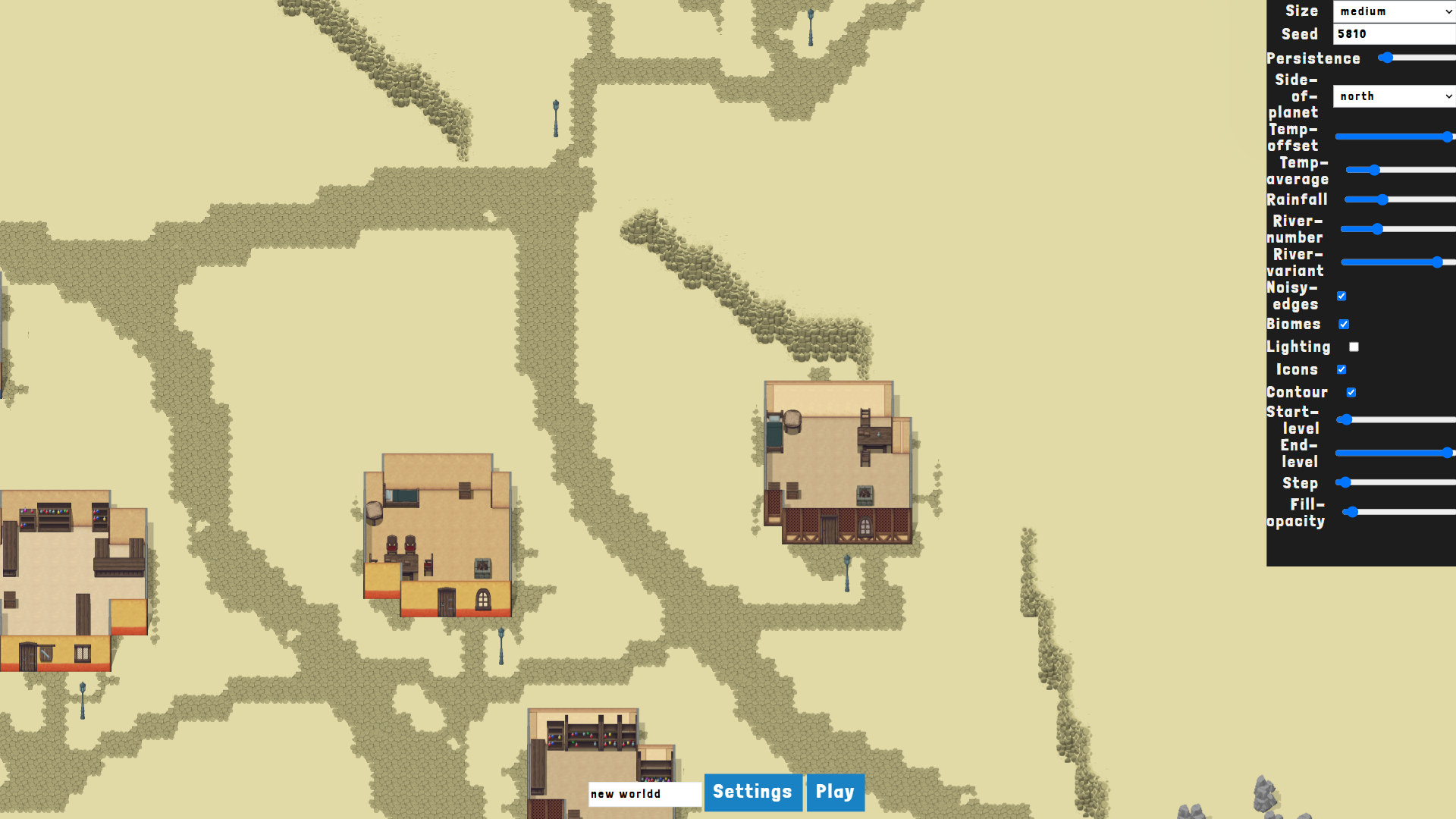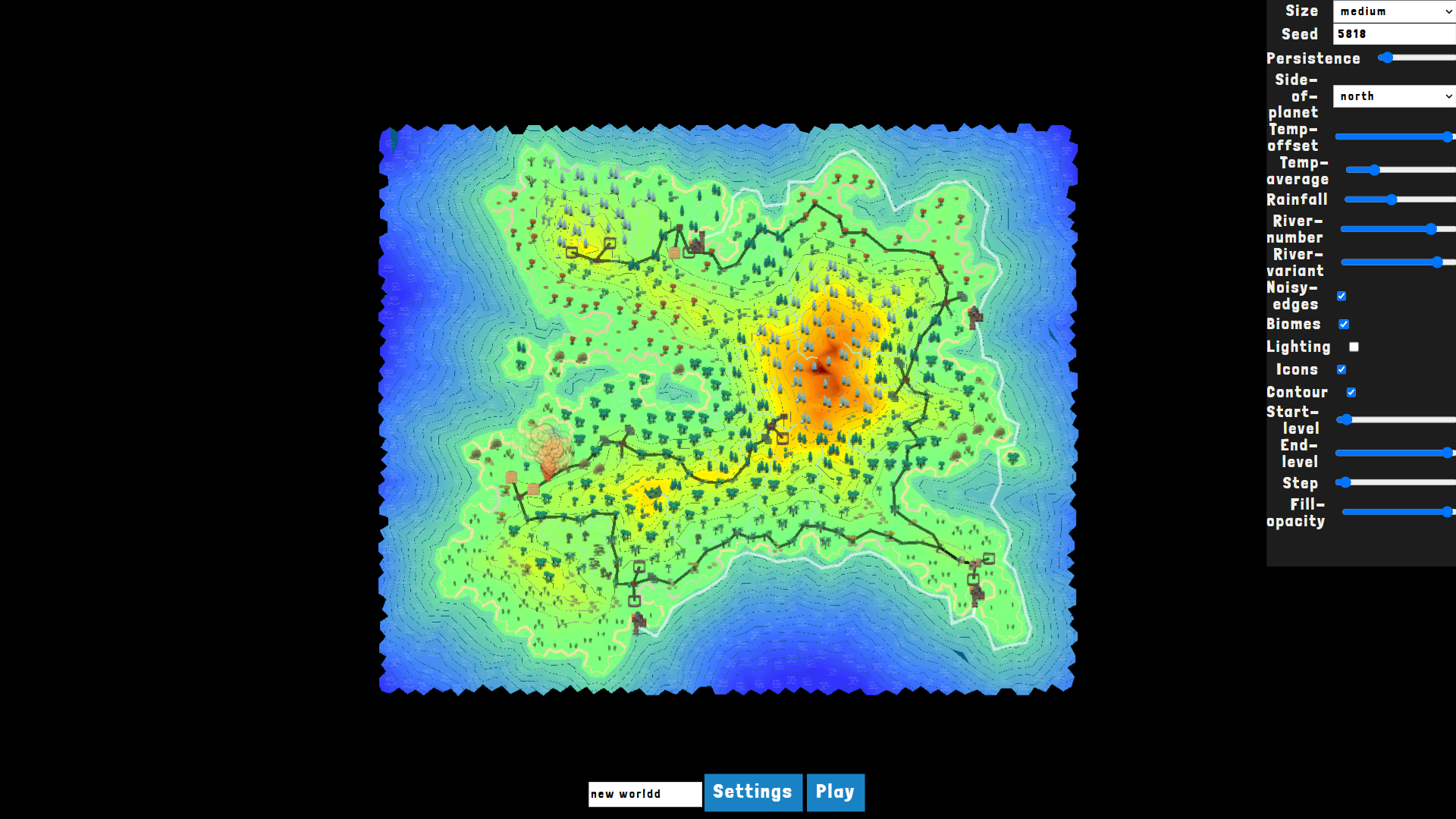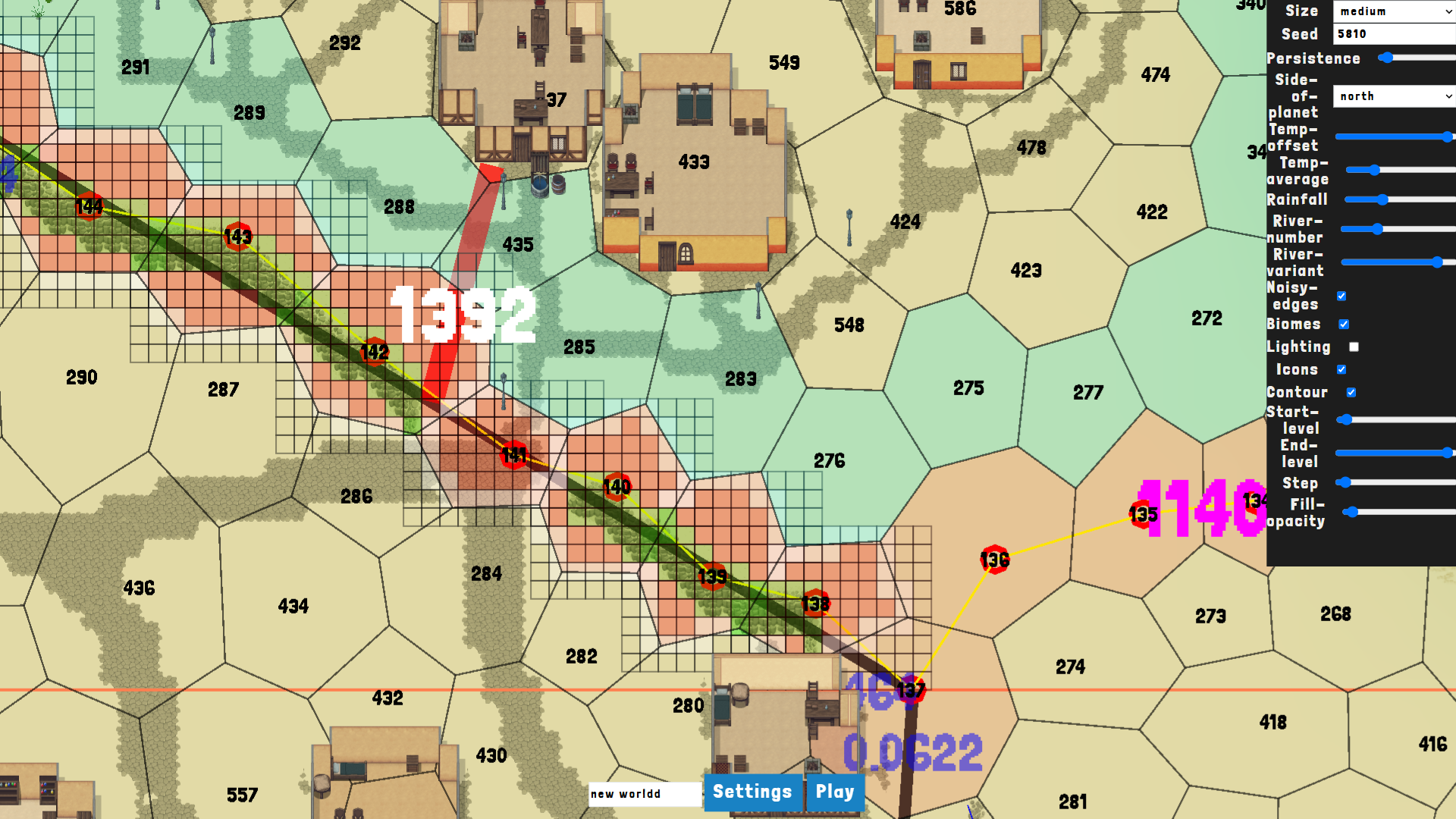Cliff Feature2 min read

Game Development Log: Automating Cliff Generation for Galaxy108
Introduction
In 2D games, terrain design is not always intuitive and often requires meticulous manual scene arrangement. However, since Galaxy108 generates worlds based on random seeds, manual scene placement is not a practical solution. To address this, I implemented an automated cliff generation system to enhance the visual interest of the game world.
Challenges with Terrain in 2D Games
2D games lack the inherent depth and height representation found in 3D games, making terrain design more challenging. Manual placement of terrain features like cliffs is time-consuming and difficult to adapt to procedurally generated worlds like Galaxy108.
Cliff Generation System
Although Galaxy108 does not render actual height visually, each vertex of a region in the game has a height value. By analyzing the height transition trends between regions, I was able to calculate appropriate cliff angles and density.

Key Implementation Details
- Height Transition Analysis: The system calculates the height differences between adjacent regions to determine where cliffs should be placed.
- Tile Combination Logic: Unlike regular continuous tile maps, cliff tiles require irregular combinations. The system marks the grid spaces occupied by cliffs and matches them with the appropriate tile edge combinations.
- Overlap Handling: When cliffs from two adjacent regions meet, the system resolves overlapping issues, similar to the bridge tile overlap problem I solved earlier.
Debugging and Visualization
To ensure the system works as intended, I created a debug interface to visualize cliff generation. Below is a screenshot of the debug interface:

Conclusion
The automated cliff generation system has significantly improved the visual appeal of Galaxy108's procedurally generated worlds. By leveraging region height values and solving the challenges of irregular tile combinations and overlaps, I was able to create a dynamic and engaging terrain system without relying on manual scene placement.
游戏开发日志:为Galaxy108实现自动生成悬崖
引言
在2D游戏中,地形设计并不总是直观的,通常需要细致的手动场景布置。然而,由于Galaxy108是基于随机种子生成世界的,手动布置场景并不是一个实用的解决方案。为了解决这个问题,我实现了一个自动生成悬崖的系统,以增强游戏世界的视觉吸引力。
2D游戏中地形的挑战
2D游戏缺乏3D游戏中固有的深度和高度表现,这使得地形设计更具挑战性。手动放置悬崖等地形特征既耗时又难以适应像Galaxy108这样的程序生成世界。
悬崖生成系统
尽管Galaxy108在视觉上并不渲染实际的高度,但游戏中的诶个区域的每个多边形顶点都有高度值。通过分析区域之间的高度过渡趋势,我能够计算出合适的悬崖角度和密度。
关键实现细节
- 高度过渡分析:系统计算相邻区域之间的高度差,以确定悬崖应该放置的位置。
- 瓦片组合逻辑:与普通的连续瓦片地图不同,悬崖瓦片需要不规则的组合。系统标记悬崖占据的网格空间,并将其与适当的瓦片边缘组合匹配。
- 重叠处理:当两个相邻区域的悬崖相遇时,系统会解决重叠问题,类似于我之前解决的桥面瓦片重叠问题。
调试与可视化
为了确保系统按预期工作,我创建了一个调试界面来可视化悬崖生成。以下是调试界面的截图:

结论
自动生成悬崖系统显著提升了Galaxy108程序生成世界的视觉吸引力。通过利用区域高度值并解决不规则瓦片组合和重叠的挑战,我成功创建了一个动态且引人入胜的地形系统,而无需依赖手动场景布置。